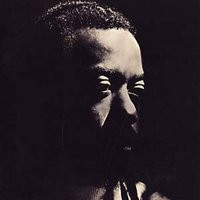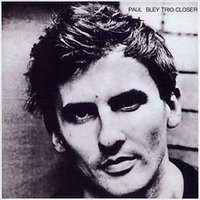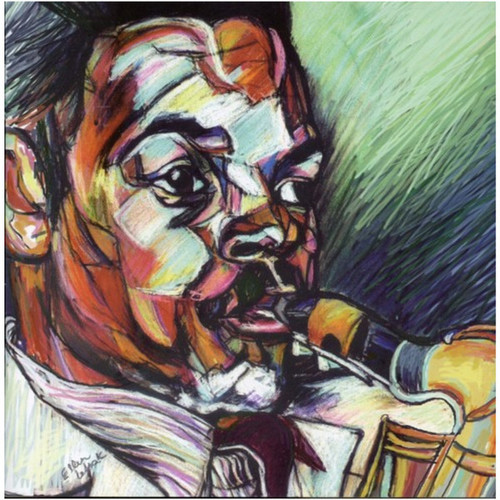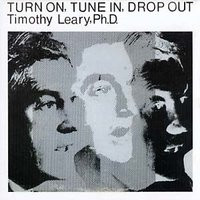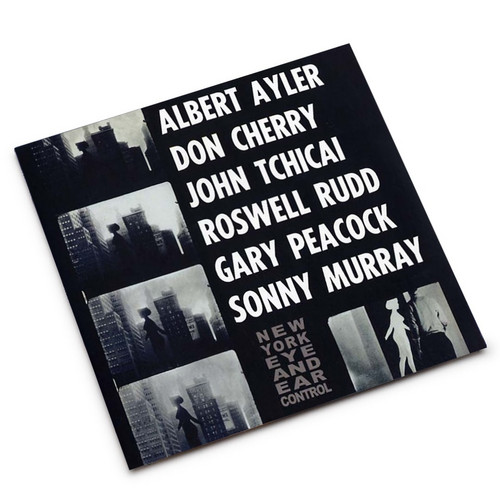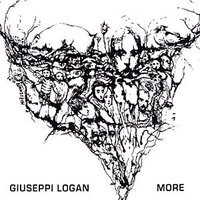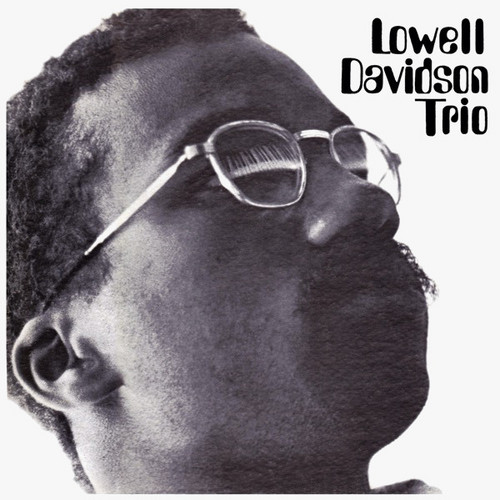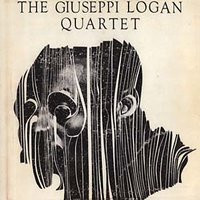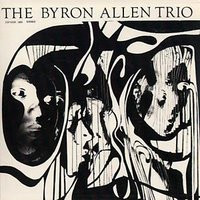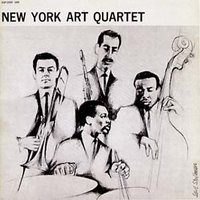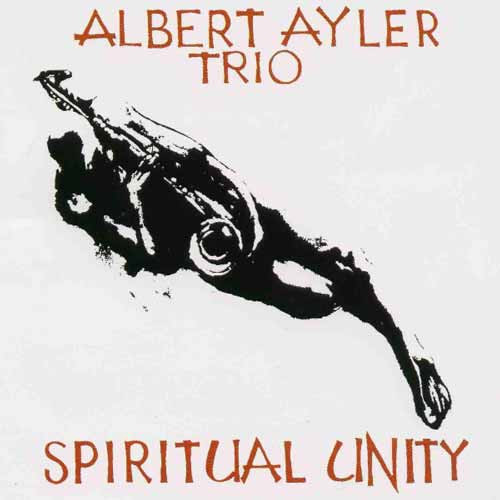★Esp-Disk
Charles Tyler Ensemble
Charles Tyler, from Albert Ayler's band, makes a startling statement on his debut solo record. His group, featuring an unusual instrumentation of cello, bass, drums, orchestra vibes, and saxophone, plays through his original compositions and showcases some heated solos. Although primarily known as a baritone sax player, Charles Tyler is featured on alto sax yet his sound and concept are fully evident on this record. Performers: Charles Tyler: alto sax; Charles Moffett: orchestra vibes;Joel Freed…
Closer
When Oscar Peterson moved from Montreal to New York in 1949, the 17-year-old Paul Bley took over his residency at the Alberta Lounge on Oscar's recommendation; in his twenties, he played withCharlie Parker. Bley started incorporating maverick pianist Lennie Tristano's approach to improvisation and collaborating with Charles Mingus, and in 1958 in Los Angeles Bley famously put together a band with Ornette Coleman, Don Cherry, Charlie Haden, and Billy Higgins. His move into free improvisation in t…
Spirits Rejoice
Live recording of Albert Ayler's large septet configuration, featuring brother Donald, Charles Tyler, Sunny Murray and both Henry Grimesand Gary Peacock on bass. Compared to the bare trio of Spiritual Unity, this nearly big band of two bass players and a strong horn section allows Ayler's expressive vision depth from the joyous to the aggressive in Ayler's five original compositions. The digitally remastered recording was originally made at 30 ips instead of the usual 15 giving it excellent fide…
Turn On, Turn In, Drop Out
This CD release of Dr. Leary's Turn On, Tune In, Drop Out is the first ever reissue of the ESP-Disk' vinyl edition originally released in 1966. This unadorned spoken word recording of the '60s icon, Timothy Leary ("the most dangerous man alive"), was recorded at the famous Millbrook, New York estate just before his famous residency was ended by repeated raids and arrests by G. Gordon Liddy. Though the album title, Turn On, Tune In, Drop Out, became a clichéd rallying cry for a whole generation, …
New York Eye And Ear Control
Originally released in 1966. Featured artists: Albert Ayler (tenor sax), Ed Blackwell(trumpet), Don Cherry (trumpet, cornet), Sunny Murray (drums), Gary Peacock (bass), Roswell Rudd (trombone), John Tchicai (saxophone, alto sax). Michael Snow is a Canadian national treasure, a true Renaissance man. He assembled a stellar group to improvise a sound track for his art film, titled Walking Woman, featuring a silhouette that is rumored to have been inspired by Carla Bley. Digitally remastered. Manufa…
More
2013 reissue; originally released in 1966. More,Giuseppi Logan's second album, has two tracks from the same legendary May 1st, 1965, Town Hall concert, produced by ESP-Disk' owner Bernard Stollman, that gave us Albert Ayler's Bells. This ESP-Disk' 50th Anniversary Remaster edition of Moreincludes previously unissued music from Logan's set that reissue producer Michael D. Andersondiscovered at the end of the Albert Ayler Bellsmaster tape. The astonishing thing about this ten-minute segment of aud…
Trio
Lowell Davidson recorded this singular session on July 27th, 1965 with Gary Peacock and the ever amazing Milford Graves. Sadly, the only recording ever released by Davidson, it remains fresh and exciting 40 plus years later. On Ornette Coleman’s recommendation, ESP-Disk’ owner Bernard Stollman signed up pianist Lowell Davidson (then majoring in biochemistry at Harvard) for this album without having heard him play. Davidson came to New York and got to work with the elite rhythm section of drummer…
The Giuseppi Logan Quartet
On November 11th, 1964, Giuseppi Logan went to Bell Sound Studios to record his first album for the newly-formed ESP-Disk label. Bernard Stollmandiscovered Giuseppi and others who would form the nucleus of his label at the October Revolution Concert of 1964. For the recording, Giuseppi chose friends and fellow music companions Don Pullenand Milford Graves, and added bassist extraordinaire Eddie Gomez. The session is rich with imagination, and added to the dimension of musicians who would become …
The Byron Allen Trio
Originally released in 1965. The Byron Allen Trio was among the first batch of ESP-Disk' jazz LPs. Recorded on the afternoon of September 25, 1964, at Mirasound Studio in midtown Manhattan, it was Allen's debut. He had been recommended to ESP-Disk' by Ornette Coleman, and one of the tracks, "Decision for the Cole-Man," reflects this connection. Allen and his trio also play in a style somewhat similar to that of Coleman's trio of that era with bassist David Izenzon and drummer Charles Moffett, th…
The New York Art Quartet
“Roswell Rudd assembled the newly formed New York Quartet for an afternoon recording session at Bell Sound Studios in midtown Manhattan. They were joined by a small, youthful appearing individual, the poet Amiri Baraka. Their engineer was the late Art Crist, an accomplished pianist. I was introduced to Lewis Worrell, Amiri Baraka andJohn Tchicai. The group was short lived. I heard them again 40 years later, when they reassembled for a concert at the South Street Seaport in New York City, opening…
Spiritual Unity
2014 expanded reissue. Mono. Spiritual Unity, recorded on July 10, 1964, is the album that made Albert Ayler and ESP-Disk' famous (or, in some people's eyes/ears, infamous). Mr. Ayler had already recorded in Europe and, in February '64, in New York, but this was the first album on which neither he nor his collaborators held back. It was also ESP's first jazz recording. Spiritual Unity presented a new improvisation paradigm: looser structure, less regard for standard pitch, and no obligation to p…
